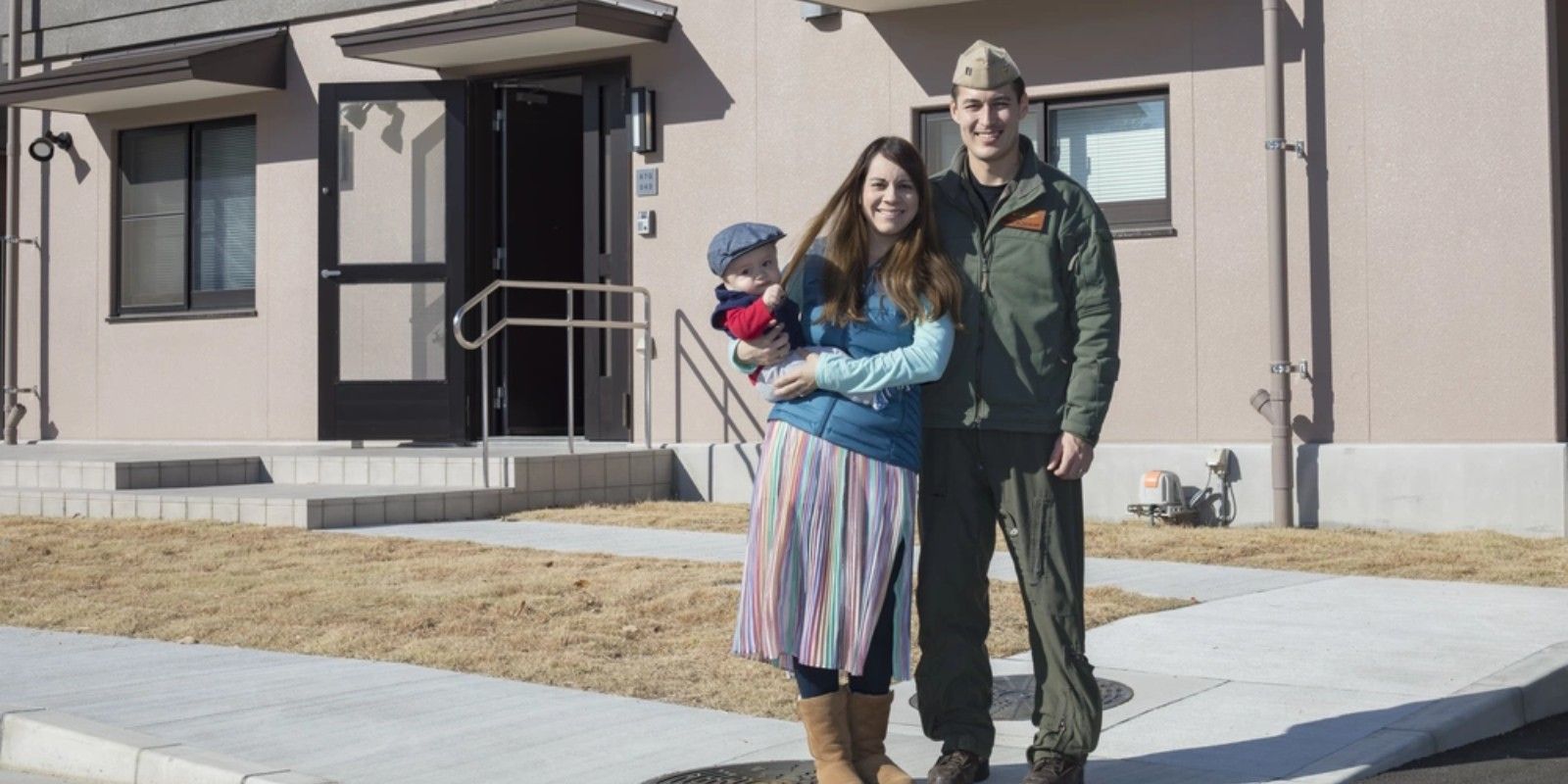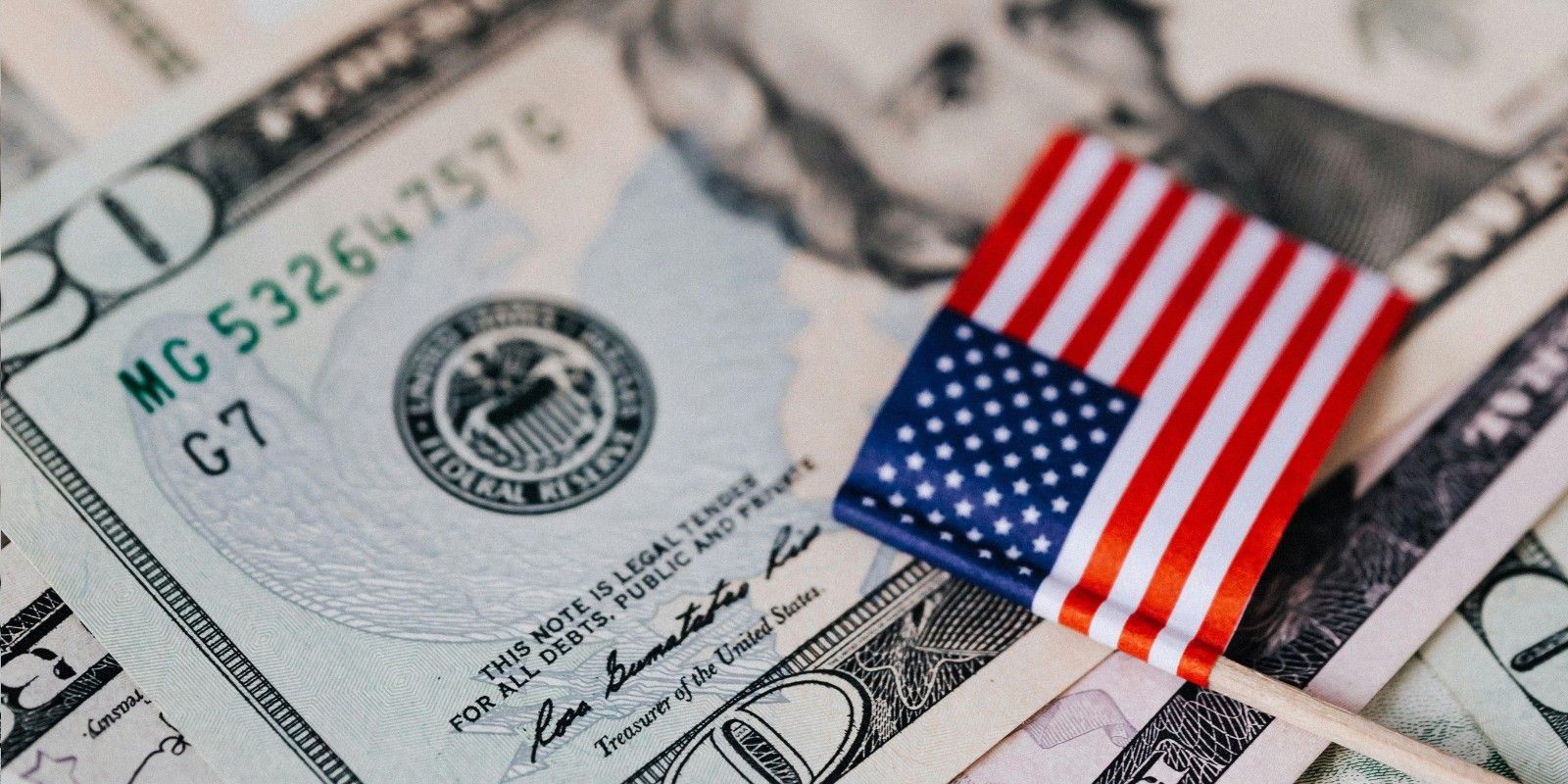FUNGI IN SPACE WILL REVOLUTIONIZE SPACE TRAVEL
By Buddy Blouin

The U.S. Navy is trying to figure out if there is a fungus among us (medically) when traveling through space. No, the nation’s naval defenders aren’t trying to weed out any bad eggs, but instead, they're trying to determine the effects of deep space radiation on explorers. A technique being deployed will involve fungi in space, which will be sent up on the Artemis I launch, now slated for November 14, 2022, should conditions hold. Learn more about this interesting study through the heavens and how it can help humans both above and below.
Read next:
The Location of Space Force Training Will Soon Be Out of This WorldBefore Fungi in Space, There Were Fungi on Earth
Where do mushrooms come from? Where did the military get its specimens for space travel? Mushrooms begin growing out of fungal spores, which are able to survive in dark, damp environments. This is why you’ll often find them in decaying plant life, such as dead or dying trees. But now you may find them elsewhere, specifically, as fungi in space. While all mushrooms are fungi, not all fungi are mushrooms. An easy example of this classification would be mold. The Navy knows this and continues to use this to its advantage. Aspergillus niger is the species of choice, a black mold that's known well in the scientific community and often found on the International Space Station (ISS). Now, the U.S. Naval Research Laboratory from Washington, D.C., is looking to send it into the cosmos.Can Fungi Survive in Space?
Yes. Fungi in space do very well, and not only can they survive, but some believe they may have even come from space to begin with. When you look at how fungi can support life in space, you can find many great applications. This includes nourishment, housing, therapy, and testing the health risks of radiation exposure. Traveling into the Final Frontier will always come with a litany of risks, but some are more apparent than others. Even a successful launch, mission, and return could be hiding health risks due to the exposure to radiation space can cause.Artemis I, the U.S. Navy, and Deep Space Radiation
The Artemis I space mission will see the Orion spacecraft leave Earth without a crew for a 25-day trip. Our planet has a magnetosphere that protects against radiation. Those traveling in space aren’t afforded such protections, and the Navy wants to study this. The sun and stars all give off radiation, which can lead to sickness, diseases, negative health effects, and an increased risk of cancer. To make things worse, the farther you go from Earth, the more radiation risk you take on. This is an obvious problem as more and more space exploration capabilities become available to the human race. Specifically, the idea of colonizing Mars. But scientists are now looking to fungi in space to study these risks more closely. Fungi are capable of protecting and repairing their DNA when harmed by radiation. The proposed experiment will allow the U.S. Naval Research Laboratory to better understand the biology behind this and how they adapt to the conditions of deep space. The fungi are going to travel in special devices known as Biological Research in Canisters (BRIC) and will be found in Orion’s crew compartment with three additional biological experiments. While no human crew will be aboard, human-like shapes in suits with a variety of sensors will be. Thousands of sensors will be monitoring the levels of radiation exposure during the mission for the non-human crew. “The first in a series of increasingly complex missions, Artemis I is an uncrewed flight test that will provide a foundation for human deep space exploration and demonstrate our commitment and capability to return humans to the Moon and extend beyond,” wrote NASA in the Artemis I press kit.Fungi in Space Could Prove Vital to American Interests
It’s no secret that the U.S. has big ambitions for space exploration, well beyond any Artemis missions. Both private and government entities are making strides each day to improve the way we travel in the heavens. From the formation of the U.S. Space Force to protect and help establish better communications to reaching new planets and even creating infrastructure in space, understanding deep space radiation is key to making these dreams a reality. Fungi in space have been used before, and it’s exciting to see that they're being used again. With their help and our nation's brilliant minds, solutions for safer travels will help America and mankind as a whole go through space in ways we never could have before.Suggested read:
Space Command Points Out These Major Military Satellite VulnerabilitiesSHARE:
TAGS:
news
JOIN OUR NEWSLETTER
Get the latest news and military discounts



